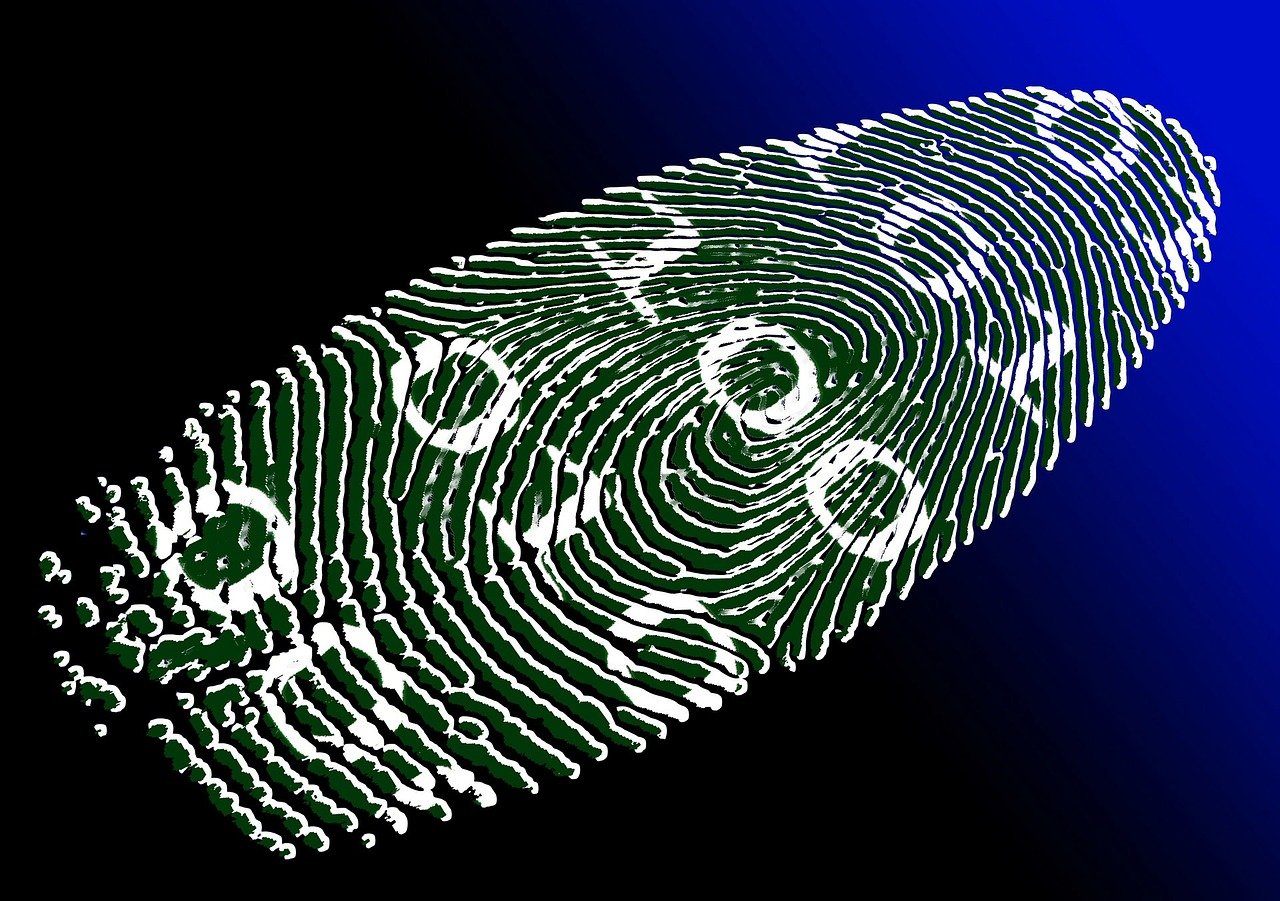ICTs and many other digital technologies have to the potential to transform our society and bring about massive social change through connectivity, access to information, faster communication and automation. So, we are inundated by success stories of digital development, but we need to also understand its failures. This is the third article in a critical series on when well-intended ICTs and online platforms miss the mark in transforming society. This article discusses the case of India’s biometric ID system, Aadhaar, and it linkages to social services assistance delivery and data injustice.
In 2009, the Unique Identification Authority of India (UIDAI) launched Aadhaar, a digital identification project, tasked with registering and granting all citizens of India a formal ID. With Aadhaar—which means “foundation” in Hindi—UIDAI envisioned the digital system to be a user-friendly and low-cost solution to issues such as, identification inaccuracies, fake identification, welfare fraud, inadequate birth and health data, and food security assistance distribution, which could be accessed “anytime, anywhere.”[1] Now more than 10 years since its release, Aadhaar is considered the largest biometric ID system in the world, containing the records of more than 1 billion citizens[2]—90% of India’s population. In spite of Aadhar’s achievements and it’s approval by global research firms and international development organizations as a precedent for national digital ID transition initiatives, the platform is engulfed with many challenges.
Review the UIDAI Aadhaar Mobile app below.
A few challenges highlighted in critical discourses of Aadhaar, include it not being accessible to historically marginalized groups in India, reproducing inequalities and providing unclear legal parameters for rights to information and privacy of information. For instance, law and technology researcher, Linnet Taylor, describes how Aadhaar and similar technologies replicate negative cases of data-enabled discrimination and inequality[3]. Such as, not accounting for: people who cannot own, afford, or have to access to a mobile phone; and authentication requirements, which prevent elderly people with unreadable fingerprints and malnourished people, particularly women and children, with unscannable retinas from obtaining the digital IDs. Regarding these challenges, Taylor proposes it could be addressed with viewing data-drive tech from a right-based data justice framework/three pillars of justice, which is grounded in visibility, engagement and non-discrimination—this framework will be discussed later as we dig deeper into Aadhar’s challenges.
Mitigating or Magnifying Inequities
Indian economist and social scientist, Reetika Khera, who refers to Aadhaar as a “tool of exclusion[4],” found that pregnant women who were supposed to receive financial assistance through a government sponsored program in rural areas, could not attain the benefits, because they could not obtain an Aadhaar ID. The Aadhaar onboarding price, 50-200 rupees ($0.60-$2.00 USD), was too costly high for some women. For other women with the IDs, some reported payment delays because Aadhaar could not link to their bank accounts, or their participation was rejected because of inconsistencies between Aadhaar demographic information and other databases. In one case, a woman who decided to correct the erroneous demographic information—usually caused by the human error of Aadhaar administrators or data entry clerks—had to pay 2000 rupees ($21 USD) for the change. Even when the data is modified, it is not immediately updated in Aadhaar’s massive database. Also, the platform restricts the number of times an ID holder could edit their information. Therefore, only requiring Aadhaar to sign up for and receive the benefits of government sponsored social programs, could magnify inequities for potential beneficiaries who would rely on these benefits, due to the associated high onboarding costs and data quality errors[5].
In terms of data and information justice, in 2018, an appeal backed by local activists and rights organizations was submitted on the grounds of Aadhaar infringing on rights to information and privacy. In response the appeal, the Supreme Court of India decided that: “Aadhaar gives dignity to the marginalised. Dignity to the marginalised outweighs privacy[6].” However, a small victory emerged from the Courts’ rule restricting telecommunication companies and banks from requiring customers to submit Aadhaar ID numbers to use their services. Even with this verdict, few laws protect sensitive user data[7] and some mobile phone companies still require an ID number to sign up for services.
UIDAI also reported that Aadhaar saved the government money since its launch, but the cost-saving statistics were disputed by the International Institute of Sustainable Development, which found the platform incurred more losses than gains.
Through marked by much criticism, Aadhaar continues to grow as an institutionalized standard form of identification in India. Some critics of the platform also discuss it as a system of power which is embedded in the state controlling and surveilling the bodies and behaviors of citizens who benefit from social programmes, including the poor, Muslim communities, and Dalit and other ethnic minorities within India’s caste system[8]. What happens when a person from one of these “marginalized” groups chooses not to adopt Aadhaar? Could that person be denied access to basic rights such as, food assistance, education for their children or opening a bank account? Presently, if such a person decides to not obtain an ID the could be locked out from access to basic services.
The New Aadhar PVC Cards
Earlier this week, UIDAI released a physical version of the digital ID, the Aadhaar PVC card. The physical card could be available to people who choose not to carry their biometric data on a mobile phone, or people without daily access to a mobile device. The card must be ordered online, at a cost of approximately 50 rupees ($0.50 USD). Though this is a good pathway to offering alternatives, it still disproportionately prevents access for poor people. Furthermore, this also closes the door to social, financial, health and education services for certain demographics.
Review the UIDAI Aadhaar New PVC Card ordering process below.
How Could Aadhaar Incorporate a Data Justice Framework?
As nations around the world transition to biometric ID systems, efforts should not only be focused on deploying these platforms and onboarding millions of people. Rather, more attention should be applied to social justice and data justice frameworks in the pre-deployment phases of these technologies. Applying a data justice framework could help platform developers, engineers, policymakers, and analyst to reimagine and re-conceptualize how users will sustainably interact with these platforms across income, class, ethnicity, and location. In particular, Aadhaar is supposed to be grounded in meeting the needs of the most marginalized groups of India, but the cases discussed above reflect that this key demographic of users are not central to the platform’s development. Overall, Aadhaar has enabled over 1 billion Indians to have a standard form of identification, but if the UIDAI desires for the platform to represent a “foundation,” then it should be inclusive of tall Indians.
Is Linnet Taylor’s data justice framework helpful for designers of digital platform intended to reach marginalized groups? What is your vision for an equitable and inclusive digital ID? What are some digital tools or technologies of exclusion?
Notes
- Aadhaar. (2019). About Us. Retrieved from: https://uidai.gov.in/about-uidai/unique-identification-authority-of-india/vision-mission.html
- McKinsey Global Institute Report. (2019). Digital identification: A key to inclusive growth. Retrieved from: https://www.mckinsey.com/business-functions/mckinsey-digital/our-insights/digital-identification-a-key-to-inclusive-growth
- Taylor, L. (2017). What is data justice? The case for connecting digital rights and freedoms globally. Big Data & Society, 4(2),
- Khera, Reetika. (September 29, 2017). Impact of Aadhaar in Welfare Programmes. Retrieved from : https://ssrn.com/abstract=3045235
- Ibid
- Subhashish P. (August 18, 2020). Is digital ID system, Aadhaar, a tech solution for socio-economic problem? Retrieved from: https://www.business-standard.com/article/current-affairs/is-digital-id-system-aadhaar-a-tech-solution-for-socio-economic-problem-120081800243_1.html.
- O’Callahan, T. (March 27, 2020) What Happens When a Billion Identities Are Digitized? Ted Retrieved From: https://insights.som.yale.edu/insights/what-happens-when-billion-identities-are-digitized
- Henne, K., 2019. Surveillance in the Name of Governance: Aadhaar as a Fix for Leaking Systems in India. In Information, Technology and Control in a Changing World. pp. 223-245. Retrieved from:https://link.springer.com/chapter/10.1007/978-3-030-14540-8_11#Sec2


